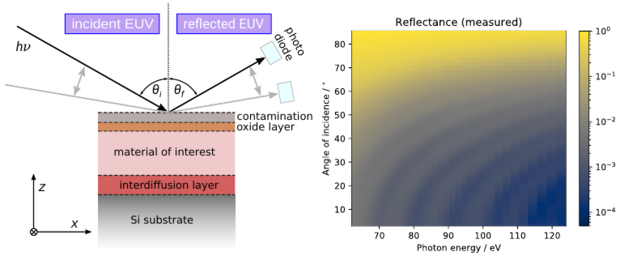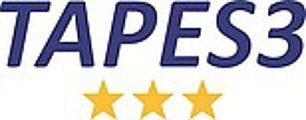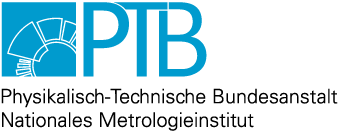
PTB at the synchrotron radiation facility BESSY II. During a measurement, the angle of incidence θi is scanned from grazing to near-normal whilst adjusting the position of the photodiode θf to detect the specular reflection. Example of an EUV reflectance map, obtained from a Ta thin film on a silicon wafer substrate.
Theoretical Background
EUV reflectometry yields the reflection coefficient R of a sample as a function of the angle of incidence and the photon energy. In case of a thin film on a substrate, the free parameters are the layer thicknesses , the optical constants of the materials (δj , βj ), and roughness parameters of the interfaces σj. Fresnel’s equations allow to calculate reflectivity and transmission at each interface depending on the optical constants, the angle of incidence, and the polarization. Multiple reflections and subsequent passes through the sample lead to interference that determines the total reflectivity of the sample.
The optical properties of thin film samples under monochromatic illumination can be calculated using a transfer matrix approach. The optimization of the layer models and their optical constants over a large wavelength range is based on a meta-heuristic approach that includes a Levenberg-Marquardt algorithm.


Project Fundings
This project has received funding from the Electronic Component Systems for European Leadership Joint Undertaking under grant agreement 662338 - SeNaTe and 783247 - TAPES3, as well as from the EMPIR programme 20IND04 ATMOC. These Joint Undertakings receive support from the European Union’s Horizon 2020 research and innovation program alongside Netherlands, France, Belgium, Germany, Czech Republic, Austria, Hungary and Israel.
